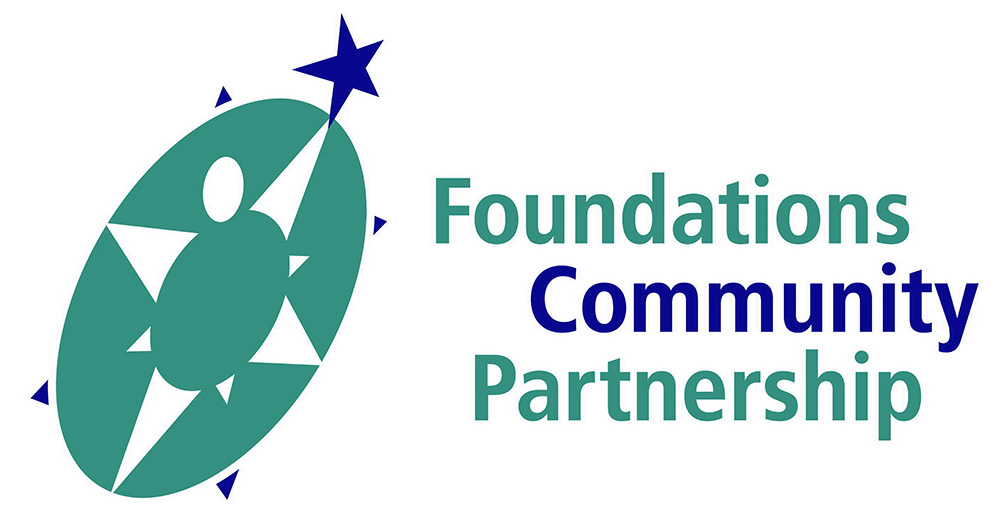Comprehensive Workshop Provided Thorough Overview of Autism Spectrum Disorders
Today’s workshop, Understanding Autism Spectrum Disorders (ASD) and Their Accompanying Conditions, focused on the identification and diagnosis of autism spectrum disorders (ASD) across the lifespan, symptoms, and characteristics of ASD, and those that differentiate and co-occur with other medical and psychological conditions. Presenter Dr. Juhi Pandey provided an understanding of challenging behaviors and the behavioral interventions that can be implemented across various settings.
Workshop Objectives
- Describe autism spectrum disorders (ASD) and accompanying conditions
- Explain the impact of diagnosis on the family system
- Discuss special education, behavioral health, and medical health systems as related to ASD
- List strategies that can be used in specific settings.
With a fast-paced style and a good sense of humor, Dr. Pandey was able to meet much of her goals. Whenever I see over 100 slides on the outline for a three-hour workshop, I worry that the presenter will be rushed and/or will need to leave important information out of the presentation.
Dr. Pandey had 129 slides to present during the workshop. Considering time for questions and the break, that’s about one slide per minute. She talked very fast and was not able to provide much depth on the topic. Dr. Pandey’s presentation, however, was a very thorough overview and refresher for ASD.
Dr. Pandey spent a good deal of time on diagnosis of Autism Spectrum Disorder (ASD) during the first half of the workshop. She emphasized that ASD is not caused by vaccinations or parenting. Dr. Pandey also said that symptoms must be present in early childhood but may not become fully manifest until social demands become prominent. Among other symptoms, ASD may present with:
- Delayed Speech
- Poor eye contact
- Flat facial expression
- Poor reciprocal interaction
- Low sensitivity to non-verbal cues
- Less creative play
- Poor verbal comprehension
- Stereotypical/repetitive movements
- Abnormal sensory issues
- Restricted interests
- Resistance to change
The common signs and symptoms associated with ASD include:
- Intellectual Disability
- Mood-related difficulties such as Aggression, Irritability, and SIB
- Sleep Disturbances
- GI problems and poor feeding
- Sensory issues
Conditions that often occur with ASD are:
- ADHD
- OCD
- ODD
- Specific Phobia
- Social Phobia
- Major Depression/Dysthymia
- Anxiety Disorder
- Tourette’s Disorder
As explained by Dr. Pandey, ASD includes a full spectrum of challenging behaviors that interfere with development in all settings including family, school, and interactions with peers. These behaviors also make development difficult for siblings and other children by consuming adult resources intended to be shared with other children. Behaviors that interfere with development include:
More Severe Moderate Less Severe
Temper tantrums Noncompliance Language Problems
Nonverbal Echolalic Verbal
Screaming Unusual noises Giggling, fidgeting
Withdrawal Observes others Interaction
Sensory Dysfunction Sensory dysfunction Sensory dysfunction
Aggressive Behavior Running away Panic Attacks
These challenging behaviors can be addressed through special education, behavioral health, and medical health systems. Dr. Pandey suggested that children with ASD frequently have trouble with executive function areas including:
- Difficulty Planning, sequencing, beginning tasks
- Often loses/misplaces items
- Forgets assignments, materials, instructions
- Difficulty breaking tasks into subparts
Dr. Pandey suggested that special education can provide strategies to assist the child including:
- Help break down tasks into small. Specific steps
- Use graphic organizers
- Help child organize desk periodically
For these children, special education should also include:
- Consistent classroom routines and rules
- Posted classroom schedule
- Written/Picture based instructions
- Preferential seating
- Special workstations
- Extra time to complete assignments and much repetition
Dr. Pandey briefly discussed medical support for children with ASD. She emphasized that medications currently do not address the ASD specifically but, instead, may alleviate the associated symptoms such as ADHD, OCD, aggression, anxiety, and depression.
Behavioral Health treatment models discussed by Dr. Pandey included:
- Applied Behavioral Analysis (ABA)
- Cognitive Development Models
- Integrated Models
ABA models include comprehensive programs to treat all developmental areas of need such as Discrete Trial Training, and Skills-based programs such as the Picture exchange communication system (PECS), which focuses on development of communication skills with non-verbal individuals. The Early Start Denver Model (ESDM) is an example of a developmental strategy. This model uses a curriculum approach to focus on quality of relationships that includes adult sensitivity and responsivity and goes beyond the behavior modification approach. Other models included Floortime, Social Stories, Constructionist Approaches, and Transactional Approaches to child development.
The audience was quiet throughout Dr. Pandey’s presentation. Questions were few but relevant to the topic. I would like to have seen this workshop spend more time on discussion of the interventions to better meet the needs of the experienced mental health professionals in the audience. As I said earlier, this was a good overview of ASD. Perhaps Dr. Pandey can provide a “Part 2” in the future to focus more on current treatment interventions with this population.
What are your thoughts?
